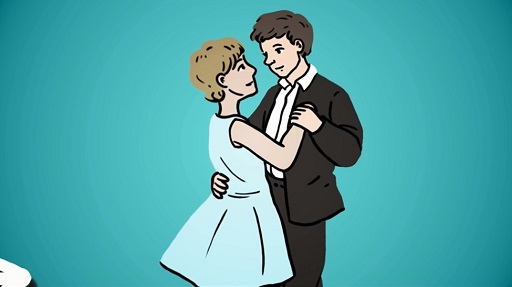6 What do I do?
One category in the study of religion is ‘lived religion’ with some scholars attempting to understand what exactly religious people actually ‘do’ (not what we imagine they ‘should’ do), and how they live out and ritualise their religious identities. What do they do which makes them identify as Christians or Muslims? Or identify as ‘not religious’?
In traditional communities this question may be easier to answer, because traditional religious practices would punctuate every aspect of one’s life. For example, for a Muslim praying five times a day and going to their local mosque every Friday, their religious practice is very much a central part of their lifestyle. Reflect now on this topic of people being religious by virtue of the things they do, with a story from the first half of the 20th century, in Stony Stratford, a village that would later become part of Milton Keynes.

Transcript: Video 3 What do I do?
As you can see from Cecil’s story, the church was not just a place where people would come to christen their children, but an integral part of the community life. It was a place where Cecil spent a lot of his time, whether to serve as an altar boy, or socialise, even ballroom dance! His identity as a ‘churchman’ is linked to him spending a lot of his time being part of a church community and doing things with this community. Do you think it is likely that Cecil’s children, whether they might have continued to live in Milton Keynes or not, could have such an intimate relationship with their church or religious communities? What other communities may have arrived in Milton Keynes as times changed after the 1960s? You will reflect further on this question of belonging to a community in the next section.
